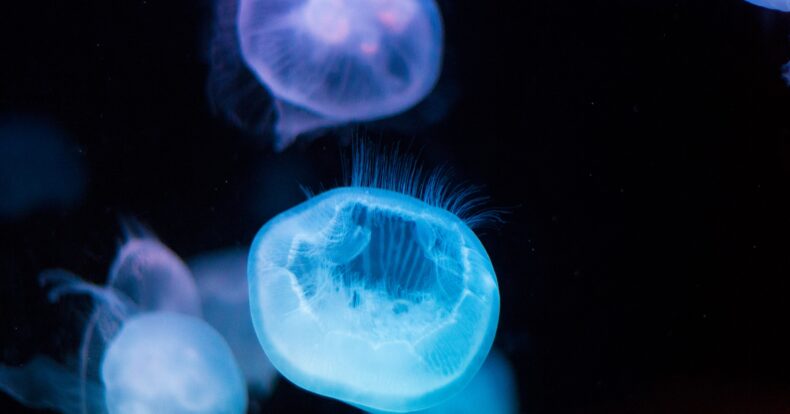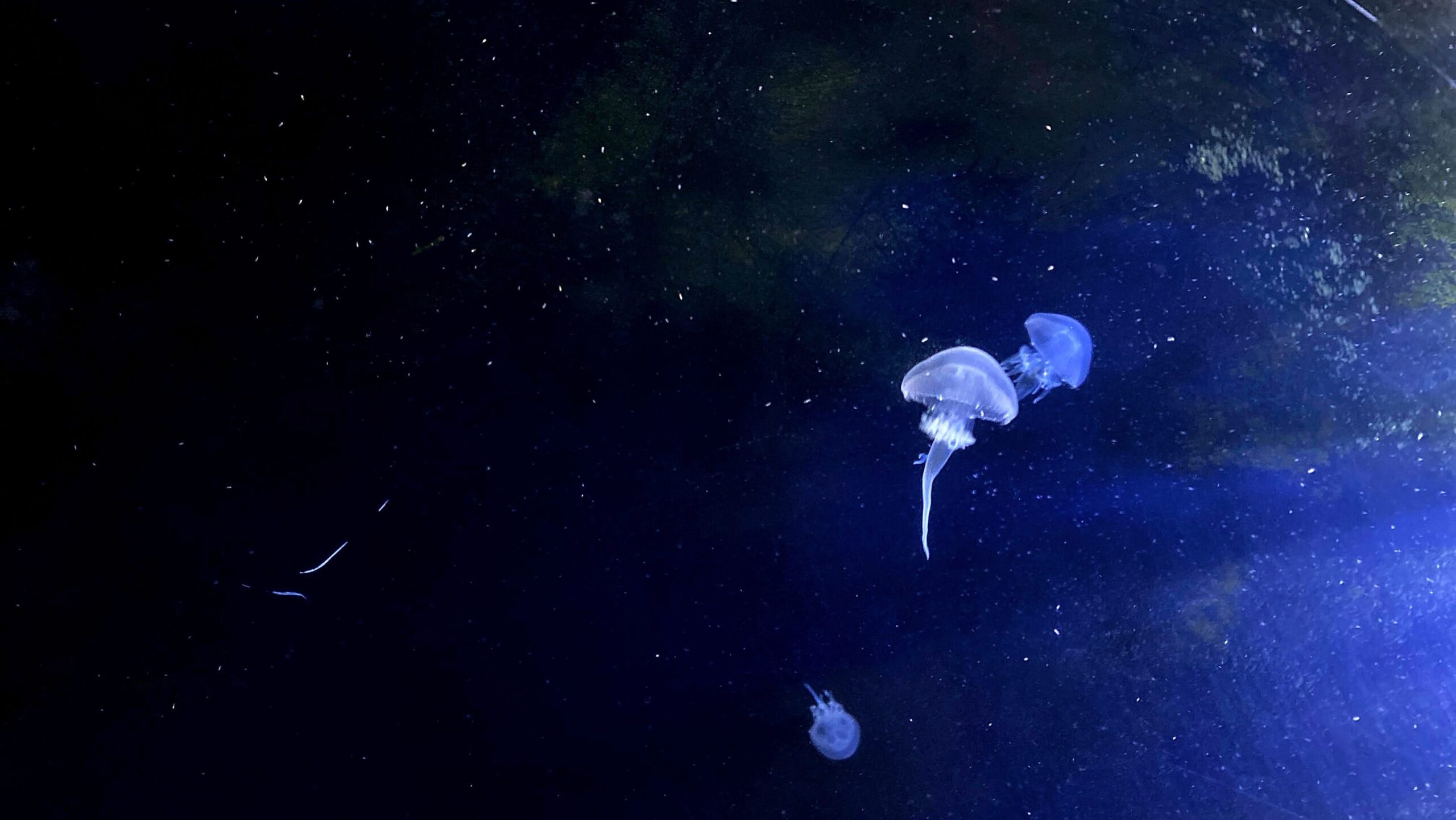Bioluminescence: The Magic of Watching the Sea Glow

Bioluminescence is a natural phenomenon that has captivated the attention of scientists and the public since its discovery. This magical ability of some species to produce their own light has been studied for centuries and remains a source of fascination.
The bacteria responsible for this phenomenon, known as bioluminescent bacteria, are found in all types of aquatic environments, from oceans to rivers and lakes. Since their discovery, these bacteria have been the subject of much research to better understand their behavior and possible uses. From medical applications to renewable energy sources, bioluminescent bacteria could be the key to uncovering many mysteries of the sea.
Bioluminescence
This magical ability is distributed throughout the world’s oceans, lakes and streams and can be seen in a variety of forms. From glowing plankton to fluorescent fish, bioluminescence has become an integral part of our natural environment. However, marine bacteria are the most studied, due to their abundance and ease of laboratory cultivation. Since their discovery, these bacteria have been the subject of multiple investigations, which have led to the understanding of bacterial mechanisms of gene expression regulation.
In addition, it is a biochemical process by which organisms emit light, usually in the form of flashes and glows in the dark. Bioluminescent creatures can be found in oceans around the world, and they are truly amazing to witness. From glowing jellyfish to glowing squid, these creatures bring an enchanting beauty to our seas that can only be experienced firsthand. The primary habitat of these species is the ocean, whether they are found living free-living or often associated symbiotically (in the intestinal tract and in luminous organs) with other marine organisms.

The Phenomenon of Light Emission
The light emitting capacity of marine bioluminescent bacteria and its function in terms of survival, physiology and metabolism has been frequently discussed. This light can be used for communication, protection from predators and even attracting prey. However, the benefit of symbiotic bacteria to produce light is not yet fully understood. On the other hand, it seems obvious that luminescence must be of significant value because of the amount of cellular energy consumed in this process.
Given the interesting phenomenon of bioluminescence, it is easy to understand why it has been studied in such depth, and the benefits that have been derived from that knowledge. Knowing the exact mechanism by which these bacteria produce light has allowed us to describe communication phenomena between them and other organisms, as well as to use them in medical diagnostics and even in lighting applications.
Likewise, the regulation of gene expression in the bioluminescence system allows a rapid phenotypic evaluation, measuring the light energy emitted. This has made it possible to use this biochemical system in numerous biotechnological applications.
Where is this natural phenomenon found?
Bioluminescence is an enchanting natural phenomenon that can be seen in Costa Rica, particularly on Cedros Island. This amazing light show can be observed at night and is a sight to behold.
It has become increasingly popular with tourists visiting Costa Rica looking for something unique and impressive. People come to Cedros Island to witness this incredible natural event, which has been described as “a magical experience” by many visitors.
Indeed, the bioluminescent waters in the country are truly a wonder of nature and have become an important part of the country’s tourism industry. The government has even taken steps to protect this natural treasure and ensure its sustainability for the enjoyment of future generations.
Zelda Walters for Sensorial Sunsets





